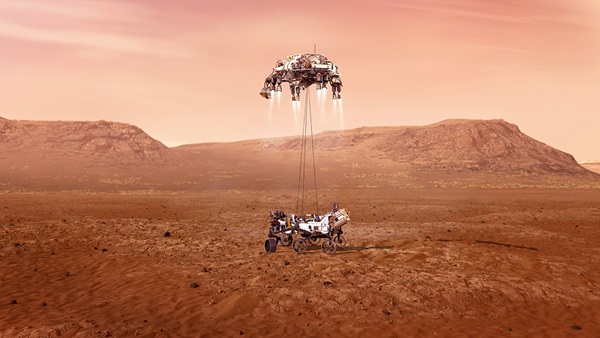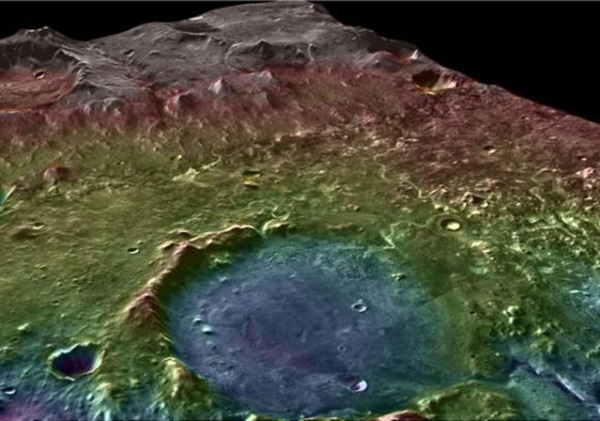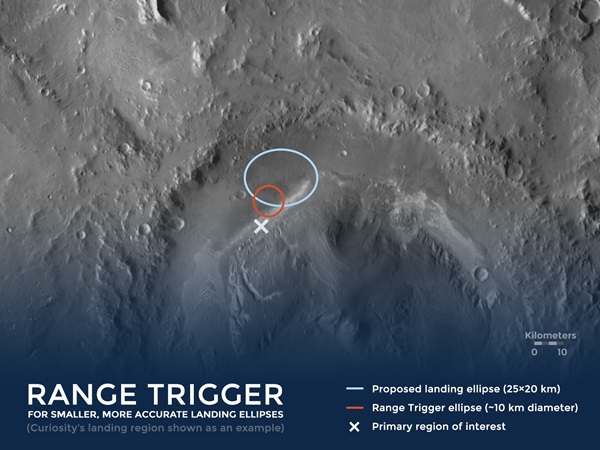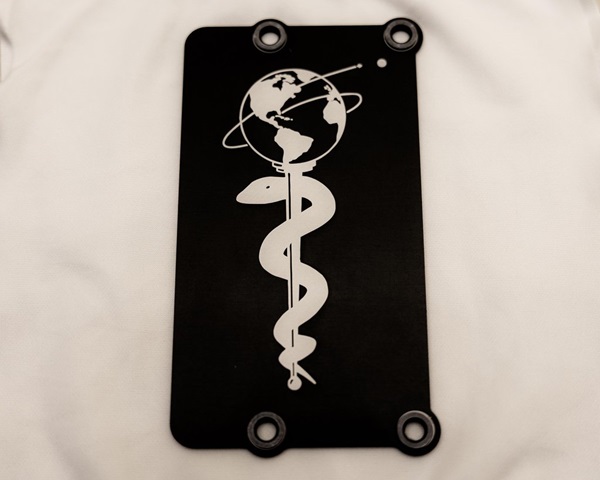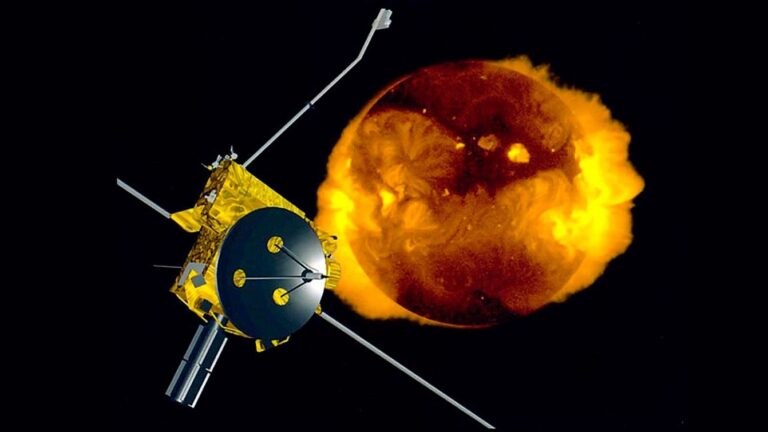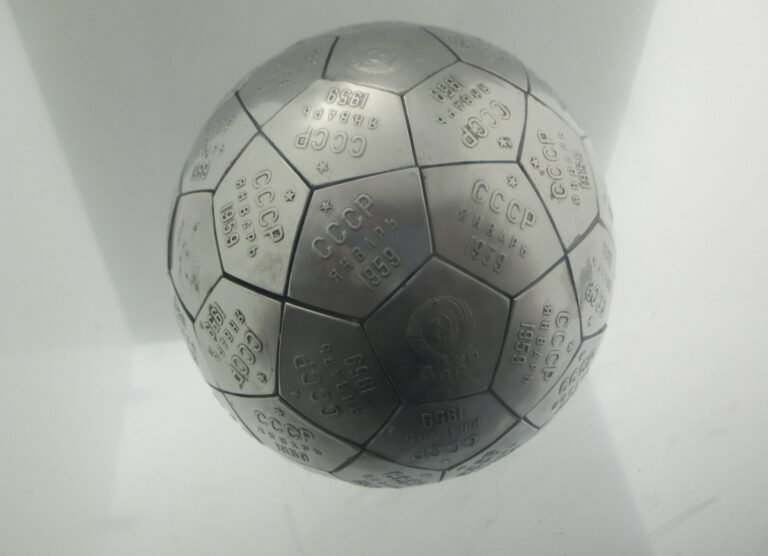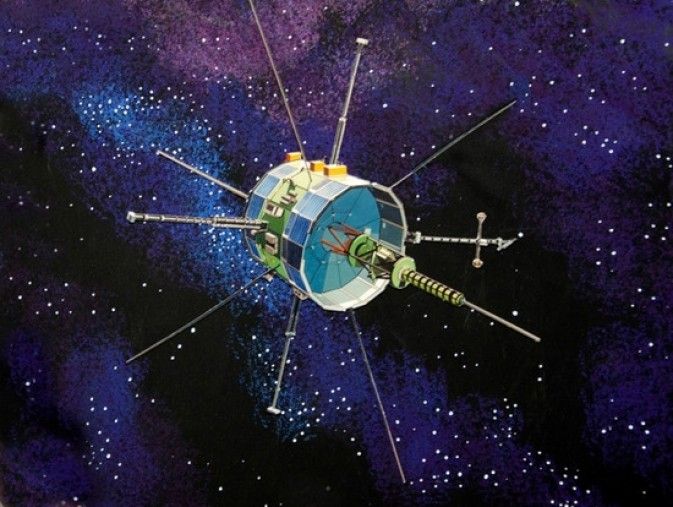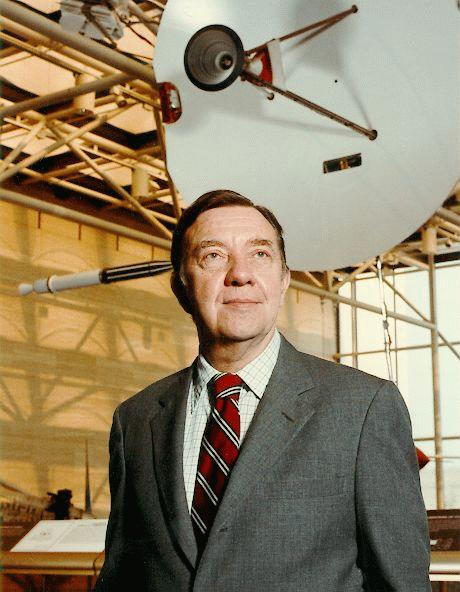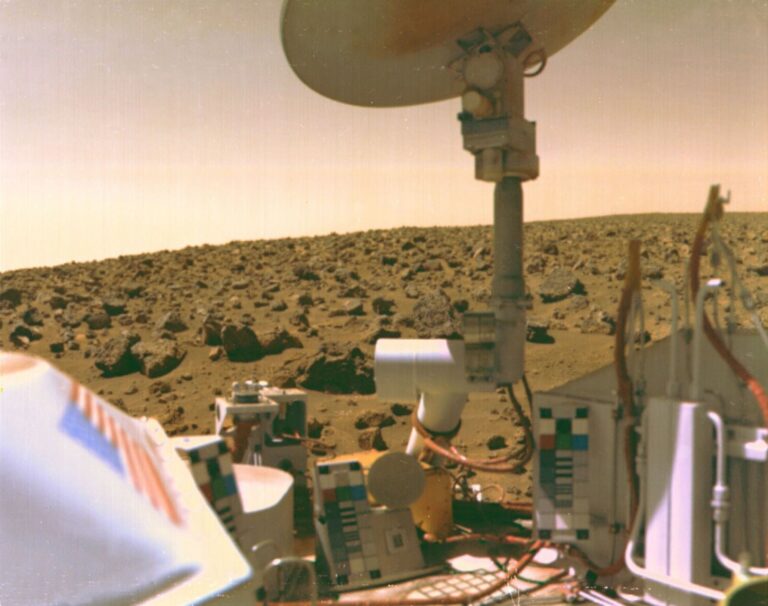Key Takeaways:
After a seven-month long journey, Perseverance is almost at Mars. After traveling some 293 million miles (473 million kilometers), NASA’s latest Mars rover is set to land today at 3:55 P.M. EST.
Though Perseverance now stands on the verge of the most dangerous stage of its flight, just getting to this point has been a remarkable feat for its mission planners, engineers, and scientists. In meeting challenges ranging from a global pandemic to pioneering new technologies, Perseverance has certainly earned its name.
Perseverance’s origins
The push for Perseverance kicked off in earnest ten years ago. Every decade, the planetary science puts forward a consensus list of their top priorities — and in 2011, the number-one item was a mission that could collect samples from Mars and begin the process of returning them to Earthbound labs.
But the story of Perseverance really begins in 1997 with NASA’s Mars Pathfinder mission and its Sojourner rover. It became the first robotic vehicle with wheels to touch down on another planet, proving that exploring Mars by rover was possible and economical. Following Sojourner were the twin rovers Spirit and Opportunity, which both touched down in 2004. Unlike their proof-of-concept predecessor, Spirit and Opportunity had a science mission: to help scientists better understand the history of water on Mars. Those rovers were followed by Curiosity in 2012, which was sent to better understand whether the Red Planet could have sustained life in the past.
With each mission, the scenario that Mars was once inhabited turned from science fiction to possibility — and the desire to search for evidence of such ancient life only grew. While past rovers had been capable of collecting samples for analysis, they were limited to their onboard instruments. And weight is a precious commodity when sending a spacecraft to another planet, as every ounce increases the cost of a mission. Returning samples to Earth would allow researchers to study pieces of the Red Planet with the most powerful lab instruments in the world.
It was a potential scientific bonanza that NASA couldn’t resist. In December 2012, just four months after Curiosity’s landing, they announced their next martian mission would launch in 2020, when Mars would be in an ideal position to reduce the overall fuel cost of the journey to the Red Planet.
Fuel wasn’t the only financial concern, however. Curiosity cost the agency $2.9 billion. To keep costs from spiraling higher, NASA made the decision to reuse leftover parts from Curiosity to build their future Mars 2020 rover. In the end, Perseverance ended up costing $7 million dollars less than its predecessor and 90 percent of its parts are recycled from Curiosity.
Jezero Crater: hazardous terrain
Once NASA decided to greenlight the Mars 2020 mission, they needed to figure out where on Mars they were going to send it. Researchers proposed a number of locations that both fulfilled the mission objectives and were safe to land on — or as safe as possible for a world as hazardous as Mars.
Usually, NASA selects landing sites that are as free as possible from environmental obstacles, such as large rocks and slopes. However, those sites also tend to be the most scientifically interesting. For that reason, NASA chose to send Perseverance to Jezero Crater. The 31-mile-wide (50 km) crater was once home to an ancient river delta that promises to tell scientists about the planet’s geological history and potential biosignatures that may have once existed on Mars.
To get there, Perseverance and its landing stage will have to navigate entry, descent, and landing (EDL) — a process that will take approximately seven minutes. For those “seven minutes of terror,” Perseverance will be on its own. It’s impossible for humans to direct its landing as it takes 11 minutes for its radio signals to reach Earth. So by the time Earth hears that Perseverance has entered Mars’ atmosphere, the rover will already be on the surface.
Hitting a bull’s-eye
To touchdown in the rugged terrain of Jezero, NASA developed two new features for Perseverance’s landing vision system (LVS) so it can more precisely navigate and land itself. It’s a big improvement over previous rovers, which landed only in the general area that scientists planned to study and had to trek over weeks or months to their precise destinations. To improve Perseverance’s accuracy, NASA developed the Range Trigger system, which decides when the rover’s landing stage will deploy its parachute.
It works by analyzing the terrain beneath it, allowing Perseverance to determine where it is in relation to the landing site. If the craft is approaching the target too quickly, it’ll deploy the parachute sooner, and vice versa. This reduces the rover’s potential landing zone — called the landing ellipse — by more than 50 percent.
While Range Trigger will help get Perseverance over its landing site, the craft’s second new feature — called Terrain-Relative Navigation — is the key to guiding it down to a safe spot on the ground. With Terrain-Relative Navigation, Perseverance takes pictures of the ground while descending, quickly marking landmarks to figure out where it is on its onboard map. The craft can then navigate to predetermined safe landing zones, redirecting itself if needed.
Before sending a rover to Mars however, NASA tested its LVS in one of the most martian-like place on Earth: California’s Death Valley.
To test the system, they fitted it to a helicopter operated by the aerial cinematography company XM2 PURSUIT. One of their pilots, John Tamburro, was an eager participant: He had already worked with NASA to test technology for Curiosity’s landing system.
While most utility helicopters operate mainly below 10,000 feet (3050 meters) in their typical activities, NASA wanted to fly above 17,000 feet (5,200 m) to accurately simulate a Mars EDL scenario. To fly the helicopter to those heights, Tamburro underwent high-altitude training, including oxygen deprivation. Using the helicopter’s autopilot, Tamburro was able to help NASA test the equipment’s performance while flying specific paths at different speeds.
“[Testing] was very successful, [LVS] did what they expected it to do,” Tamburro says to Astronomy. “I’ve worked on a lot of movies and done big stunts, but when you work on a program like this and you see it land, its overwhelming.”
NASA expects their new system to be used in future martian missions, both robotic and human-led.
The next journey begins
Perseverance met one final challenge just in time for the final stages of assembly. The COVID-19 pandemic forced 90 percent of the JPL team to remain at home, leaving only mission-critical personnel to prep the rover itself. The mission’s launch window was between July 17 and August 15. If they missed it, they would have to wait to launch in 2022 instead.
But Perseverance managed to launch on July 30, 2020 — with an additional aluminum plate mounted to its body to commemorate the impact of the pandemic and honor health care workers.
Now, Perseverance just has to stick the landing. Historically, across all spacefaring nations, missions sent to Mars have succeeded only 40 percent of the time. However, NASA has done better than those odds with only one failure — the ill-fated Mars Climate Orbiter in 1999.
Of course, Mars 2020 isn’t over when the rover touches down — Perseverance has a long journey ahead as it begins its science mission. For the next few weeks, the rover will test all of its systems to ensure they’re working properly. Then it will find a clear site to test out one of its most ambitious experiments: a drone called Ingenuity, which is aiming to become the first helicopter to fly on another planet. Finally, after all the tests are finished, Perseverance will begin its real mission in earnest: identifying, analyzing, and collecting samples from an ancient lakebed — which may or may not contain evidence of past martian life — for their future return to Earth.

